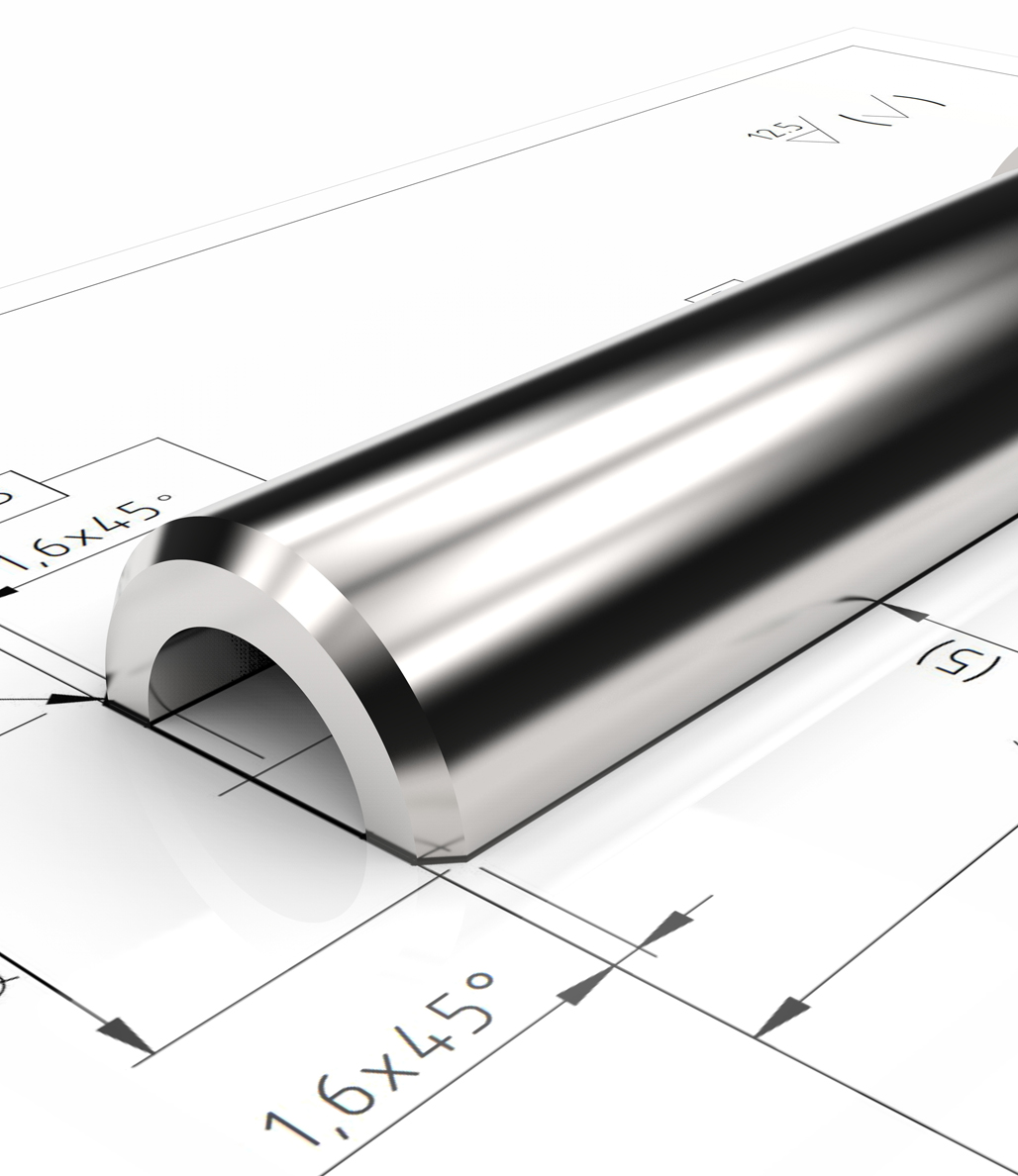Course Description
Beginner SmartGD&T
Building Your future
Beginning GD&T for Design, Manufacturing & Inspection
(16 Classroom Hours + Practical Applications)
Goals
To provide participants with a fundamental understanding of:
1. The purpose and essence of GD&T
2. The perfect imaginary world of GD&T
3. The imperfect real world of machine parts
4. What can go wrong: Form, Size, Orientation and Location
5. The GD&T tool kit provided by the ASME Y14.5M 1994 & 2009 standards
6. The functions of Nominal, Basic and Reference dimensions
7. Cartesian coordinate systems, Degrees of Freedom and the Right Thumb Rule
8. The Envelope Rule, the Free State Rule, the Rule of Simultaneous Requirements and the Rule of Composite Feature Control Frames
9. The capabilities and applications of the most important Geometry Control Tools (Surface Profile, Position, Perpendicularity, Diameter, Width, Dimension Origin. Flatness)
10. The Feature Control Frame reading and “decoding” processes
11. The GD&T “encoding” process, including Geometry Control Tool selection, Datum Feature Selection, and Feature Control Frame “stuffing”
12. The Datum Reference Frame establishment process
13. “Material Condition” concepts, the tolerance zone size and tolerance zone mobility modifiers (S), (M) and (L), and their effects
14. The objectives and benefits of GD&T versus the limitations of the classical tool, namely “±”, for managing machine part geometry.


Goals
Duration & Presentation Options:
This course is normally delivered in two consecutive classroom days followed by one application day. Depending on the number of participants and travel logistics, the classroom and practical sessions may be delivered in full day or in half day segments.
Who Should Attend
All persons dealing with Product Design, Drafting, Tool Design, Machining, Manufacturing, Manufacturing Management, Manufacturing Process Control, Inspection, Gage Design, Coordinate Metrology, Robotic and Manual Assembly, Vendor Relations and Purchasing, even including team members with significant experience, in order to refresh their knowledge and discover new and important fundamental concepts. Management is encouraged to select an initial group of potential internal SmartGD&T Advisors from the group, in order to encourage them to consider taking on the responsibility.
Prerequisites
Working familiarity with “blue prints” and with design, manufacturing and inspection concepts and processes.
Preparation
Participants are encouraged to come armed with lists of questions on topics which have created design, manufacturing,
inspection or assembly difficulties in their experience. In case the course customization option is ordered, each participant is
encouraged to submit at least one drawing which represents some of her or his current GD&T concerns. These should be collected and reviewed by the in-house course coordinator and made available to the instructor well in advance for preparation. Participants are encouraged to bring pencils with erasers (not pens), and pads to class.
Course Materials
Course handouts include a dedicated course manual and, based on client preferences, copies of the SmartGD&T Pocket Guide for each participant, as well as the use of SmartGD&T student training model sets.
Confidentiality
In the case of in-house corporate classes, a Non-Disclosure Agreement should be implemented between the sponsor and SmartGD&T Training and Consulting, LLC. prior to inception. Drawings and parts brought to public classes should be non-proprietary in nature.
Syllabus
Day 1:
1. What is GD&T? What are the ASME Y14.5M 1994 and 2009 Standards?
2. Uselessness of Classical Dimensioning & Tolerancing and the Power of GD&T
3. The Perfect Imaginary World of GD&T
4. The Imperfect Real World of Machine Parts
5. Re-inventing the ASME Y14.5M 2009 Standard
6. Geometric Characteristics of Form, Size, Orientation & Location
7. Cartesian coordinate systems and their characteristics
8. The relationship between CAD Models and “blue prints”
9. Getting to 2D from 3D: how the “third angle projection” works
10. The ASME Y14.5 Tool Set: Geometry Control Tools, Datum Feature labels,
11. BASIC dimensions, Nominal dimensions, Reference dimensions, Feature Control Frames, Material Condition and other tolerance zone Modifiers.
Day 2:
1. Datum Features, Datums and Datum Reference Frames
2. Tolerance Zone examples and “tolerances”
3. A primer on reading / decoding Feature Control Frames
4. Controlling Size, the Envelope Rule and the Rules of Size & Form and Location & Orientation
5. The Rule of Standard Temperature & Pressure, the Free State Rule, the Rule of Simultaneous Requirements
6. The Datum Reference Frame Establishment Process and exercises
7. GD&T encoding and decoding exercises.
8. Encoding the GD&T for a rivet.
9. Decoding GD&T for Manufacturing and for inspection process planning
10. A Grand Review of the Tools and Objectives of GD&T
Day 3:
Practical sessions include assessing, repairing and refining the GD&T on client drawings, and discussing their impact on Manufacturing and Inspection. It is here that participants interested in joining or forming the internal GD&T Advisor team will be able to experiment with and refine their skills with instructor support.
let’s get connected
Have a Question?
Do you have questions on the courses or looking to sign up?
Get in touch today!

